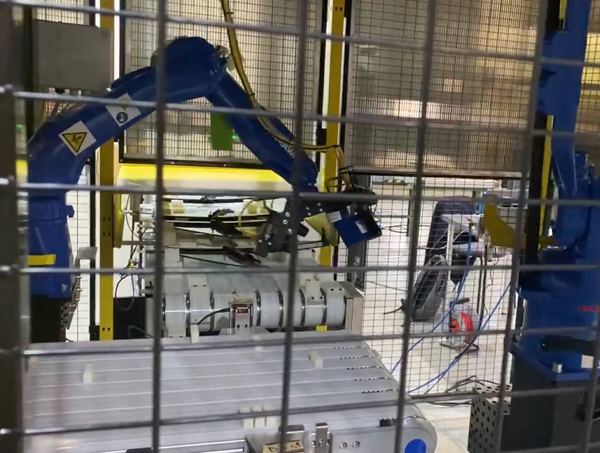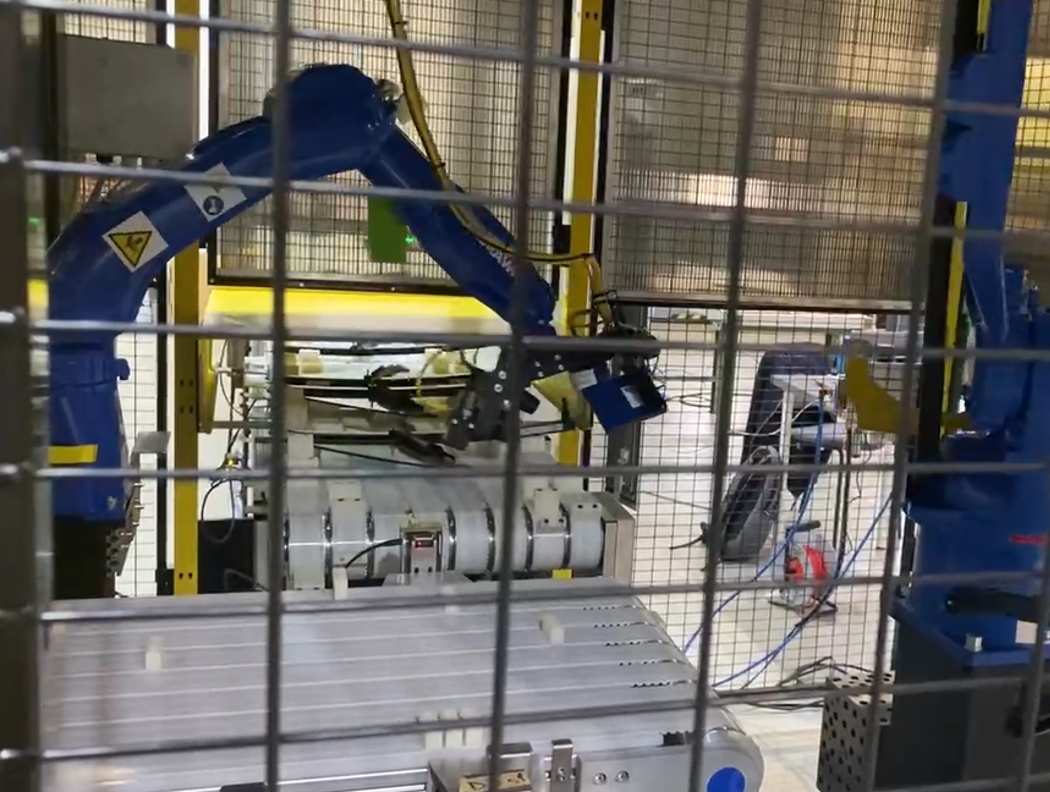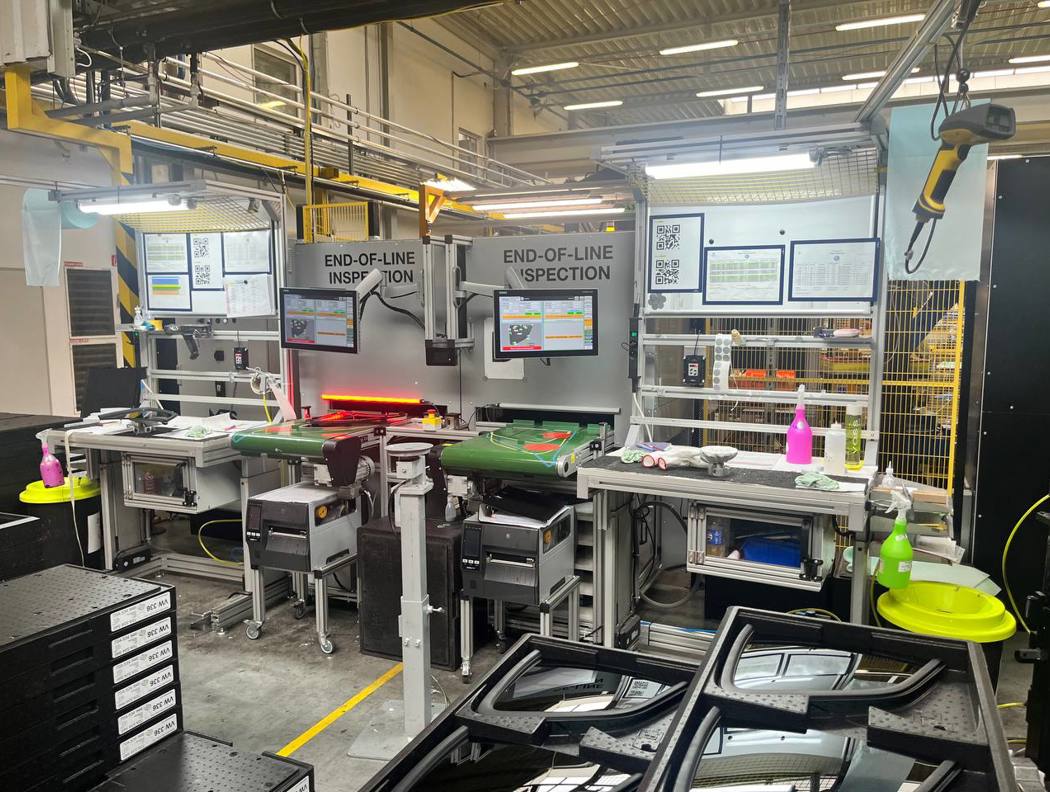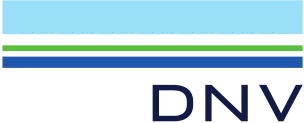Conveyor EOL for quality inspection of the glasses for the automotive industry
In the automotive industry, the emphasis on quality is paramount, making it critical to achieve zero-defect production of parts. The result of the work was a conveyor system for end of line quality.
Customer request:
- Quality inspection of manufactured parts at the end of the automated process
- Communication and data transfer with the internal SAP system
- Marking of every flawless part as standard in the automotive industry
- Comprehensive statistics of manufactured parts
- System verification before each shift
In the automotive industry, the emphasis on quality is paramount, making it critical to achieve zero-defect production of parts. During the production process, each part must be interacted with, which increases the risk of its damage. The lead time for a single part is also important because it prevents workers from closely monitoring the parts produced.
Defects that may occur:
- Damaged or broken pins that are required for attachment
- The presence of rubber sprays that prevent the correct fitting of the part
- Incorrectly inserted type of bar, mismatch with the manufactured recipe
- The color of the glass and the correctness of the mark on the glass stamp, also a discrepancy with the manufactured recipe
- The presence or the absence of an antenna according to the prescription
- Missing or covered with rubber screw nut
Challenges:
- Stability of inserting parts by the robot
- Cycle time of the scanning process
- Compact system
Solution:
The result of the work was a conveyor system for end of line quality. The system consisted of two conveyor belts, independent of each other. Each conveyor consists of 4 positions: input, used for placing parts by the robot, output, for removing parts by workers, and two are located in the so-called "Black box" cabinet, the function of which is to prevent ambient light radiation from entering and influencing the measurement. The box consisted of two separate units. In the first box there is a set of lights and cameras, the task of which is to check the parts themselves. The second box contains the Cab Hermes marking system, where the part that meets the set quality parameters is marked and then the correctness and quality of the label itself is checked.
The system consisted of the following components:
- Industrial computer
- Cameras: Cognex CIC 5000, 2000
- Lights: SVL pointlight, barlight in the red spectrum
- Machine Vision Software: Cognex VisionPro and Cognex Designer
- PLC: S7-1200
- Communication with PLC: S7 communication (It is possible to use PROFINET, Ethernet/Ip)
The main inspection is carried out using 2 cameras, the detection of the bar is controlled by a separate camera located from the bottom of the part. The separate camera is also aimed at checking the OCR on the printed markings where there must be no defect in the quality of the print. The assembly is completed by a set of lights controlled by a PLC which also controls the conveyor belts.
The result:
- Cost saving for lengthy human inspection
- Increasing the detection of defects and subsequently possible
- adjustment in the production process
- Automation of output inspection
- Extensive statistics of produced parts
- Communication directly with SAP






